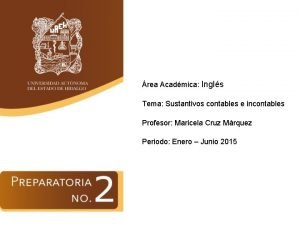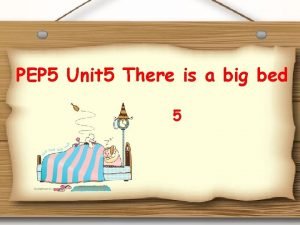What is life Characteristics Characteristics of Life There










- Slides: 10

What is life? Characteristics

Characteristics of Life – There are eight characteristics of life. 1. Made up of cells 2. Reproduces 3. Organized 4. Grows and Develops 5. Uses Energy 6. Responds to Stimuli 7. Adapts to Changes 8. Homeostasis

1. Life is Made Up of Cells – There are two types of cellular organisms 1. Unicellular – made up of one cell. This cell performs all jobs for the microorganism. – Examples: Prokaryotes, bacteria, protozoa, some algae 2. Multicellular – made up of many cells. Each cell has a specific job. – Examples: all animals, all plants

2. Life Reproduces – There are two forms of reproduction 1. Sexual Reproduction – two cells from different parents come together to from the first cell of the new organism. – Examples: most multicellular organisms 2. Asexual Reproduction – New organism comes from a single parent cell. The original cell will divide and split into two – Examples: most unicellular organisms

Atom Smallest Molecule Organelle Cell Tissue 3. Life Is Organized – Life is made up of simple and small building blocks to build large and complex organisms Organ System Organism Population Community Biome Biosphere Planet Earth Largest

4. Life Grows and Develops – Every organism has a pattern of growth and development – Cells multiply and become specialized to perform specific tasks

5. Life Uses Energy – All organisms take in materials for energy. – Example: Light (producers), consuming plants and/or animals (carnivores, herbivores, omnivores), consuming dead things (decomposers). – These materials will go through a combination of chemical reactions that help an organism build or break down materials as it carries out life processes such as photosynthesis, cellular respiration, protein synthesis – This process is done through a metabolism.

6. Life Responds to Stimuli (Short – Term) – Environments change regularly based on water, light, temperature, effects of other living and nonliving things. – This causes organisms to react immediately to their environment – Example: We put a coat on when it is cold outside

7. Life Adapts to Changes (Long. Term) – Many changes occur throughout life – but this particular change is the same life cycle their parents went through. – Evolution: a group of the same organism experiences the same change over time – Organisms respond over time to their environment rather than react – Example: Trees that can survive a long period without water

8. Life Maintains Homeostasis – All organisms keep internal conditions stable by a process called homeostasis. – This is similar to a thermostat in a house – Example: Humans sweat to prevent their body temperature from rising too high.


















